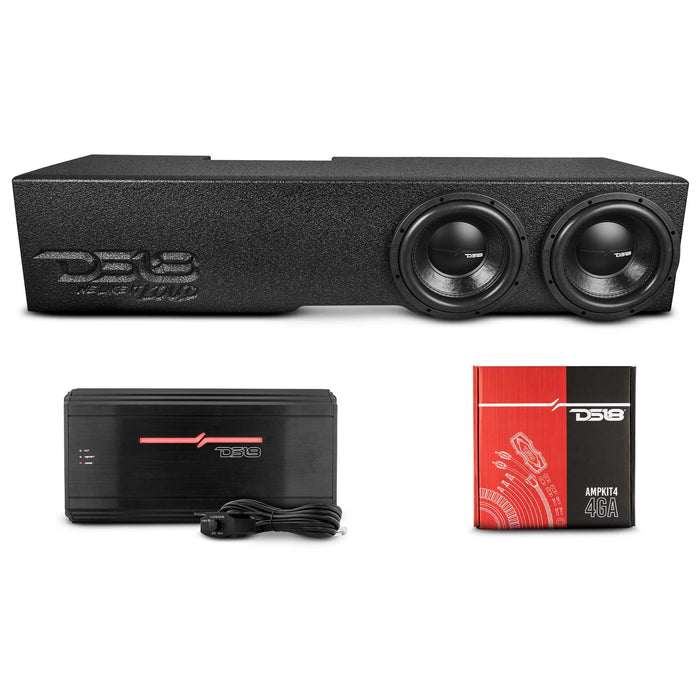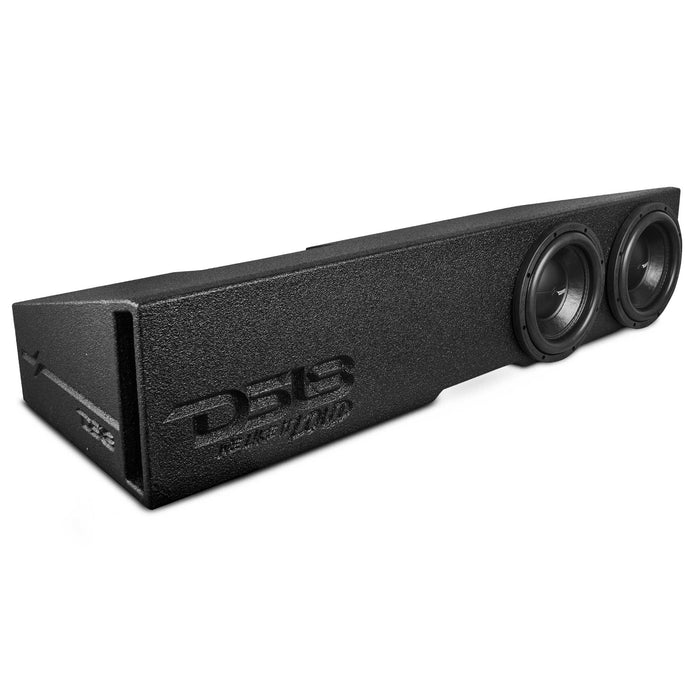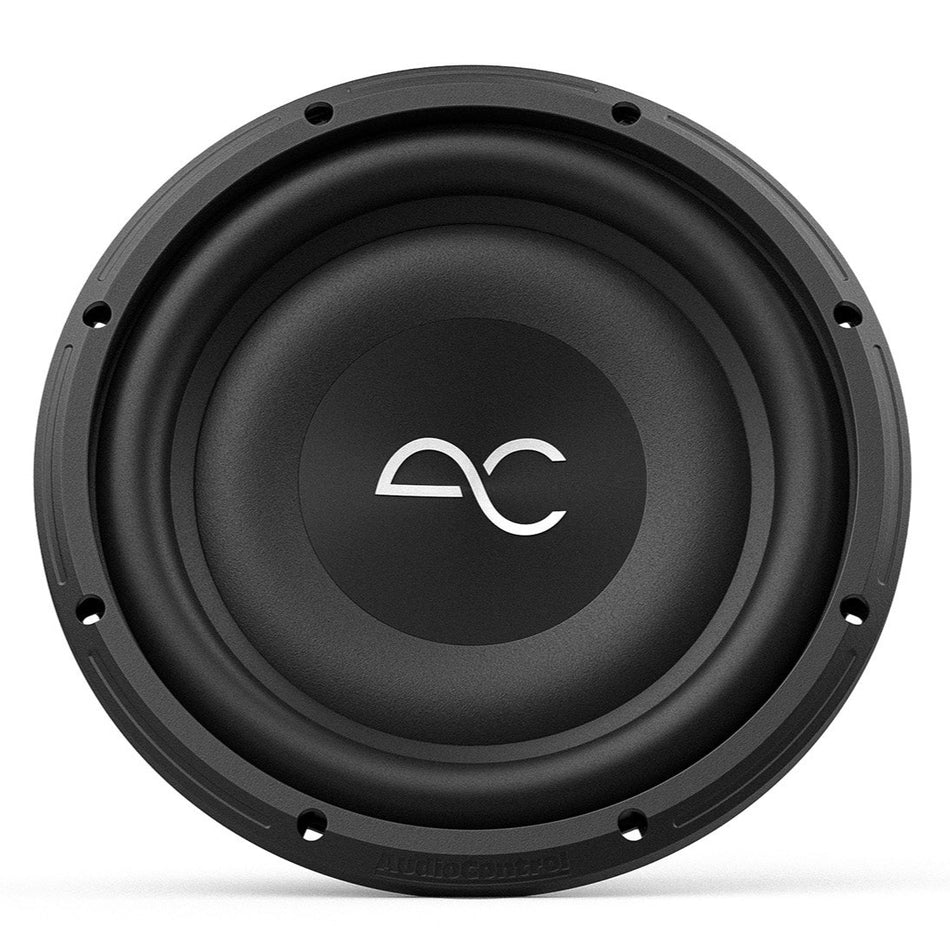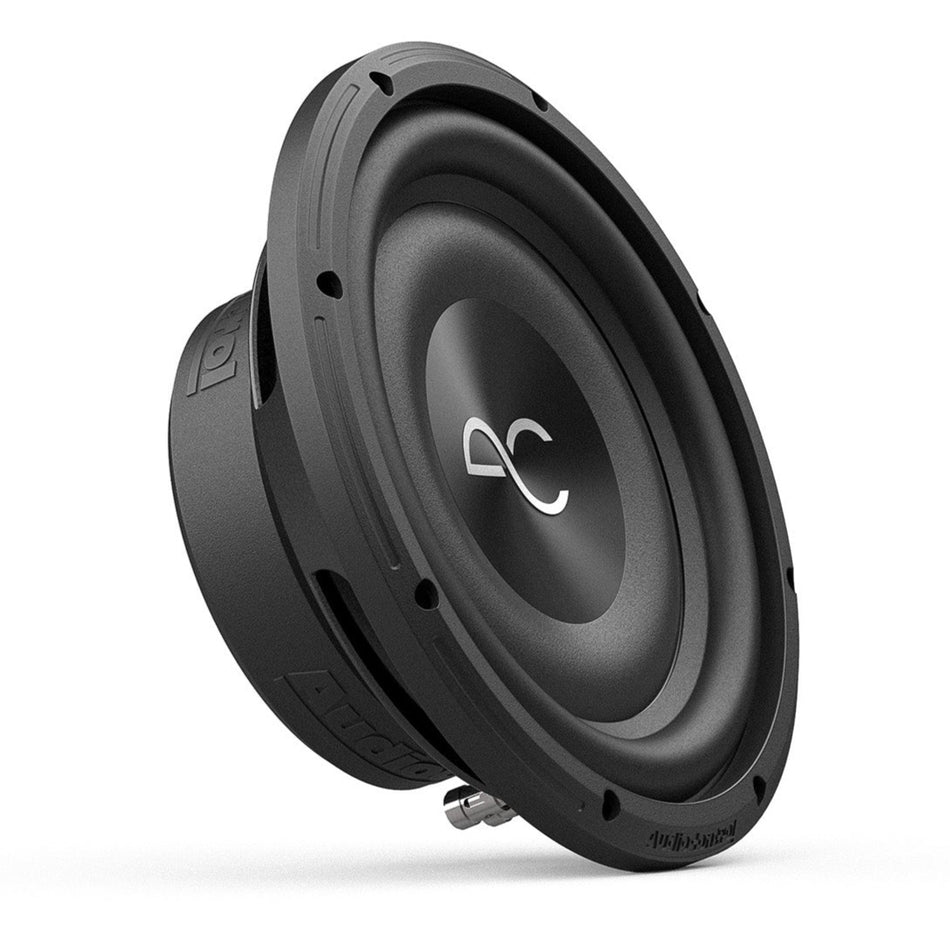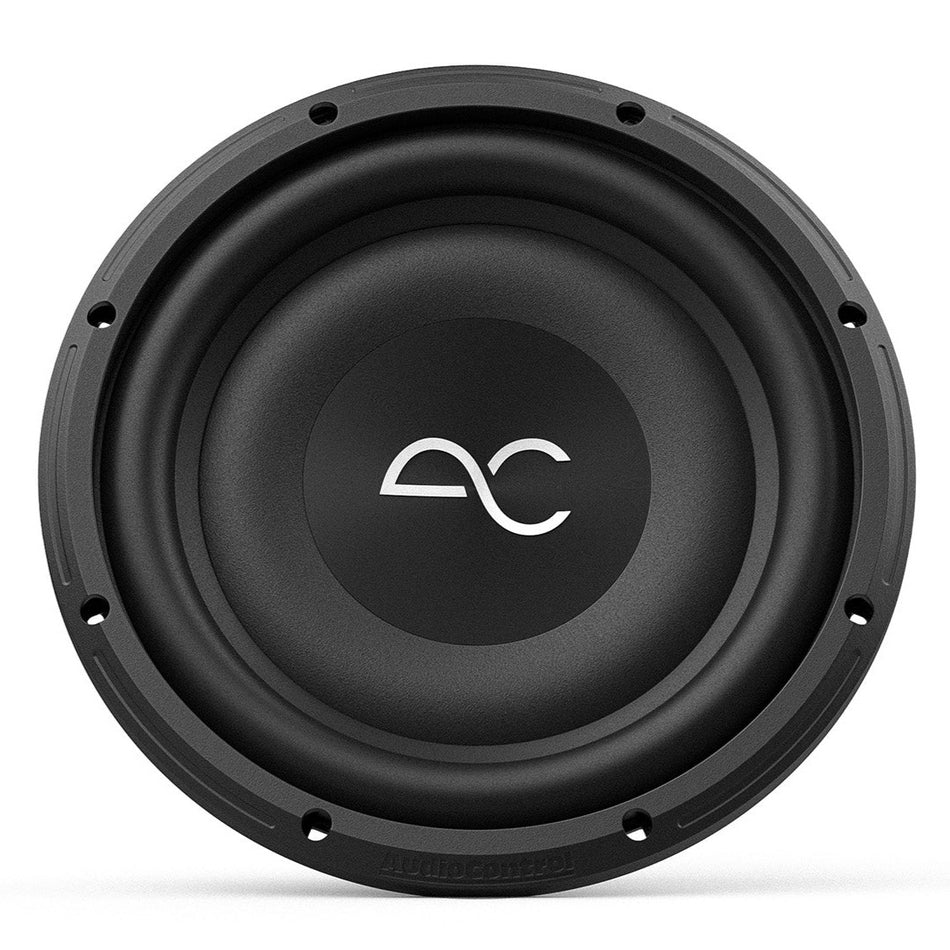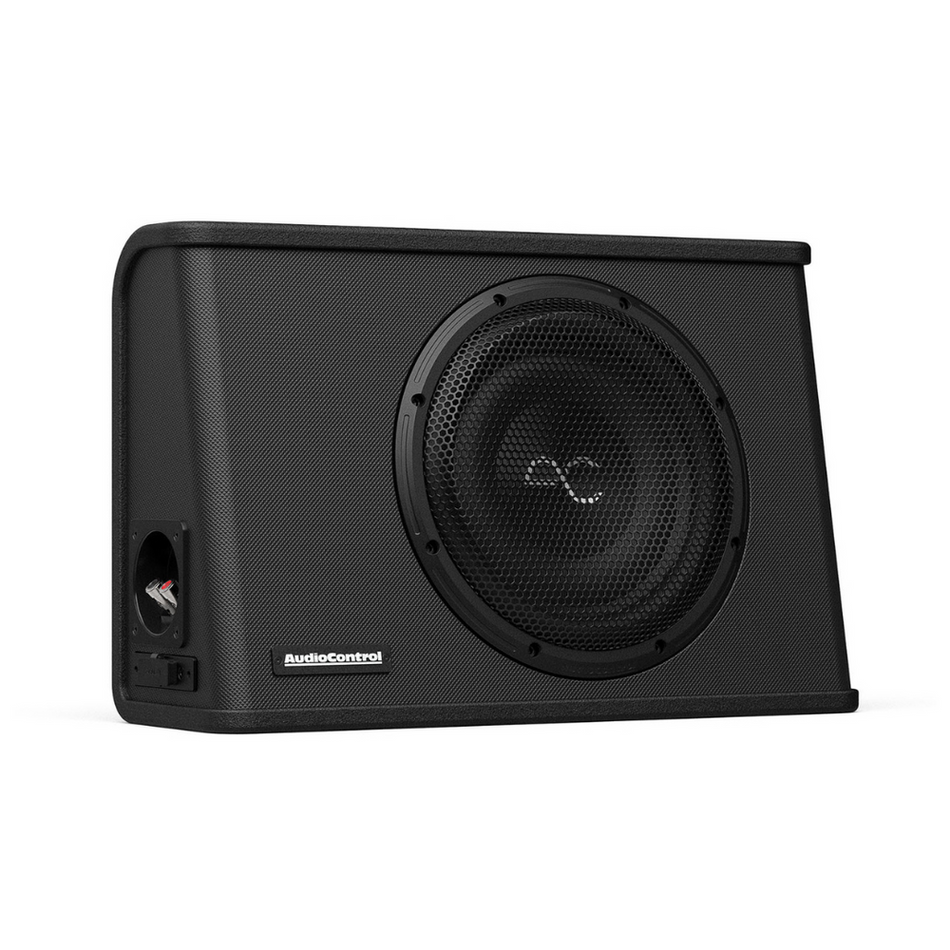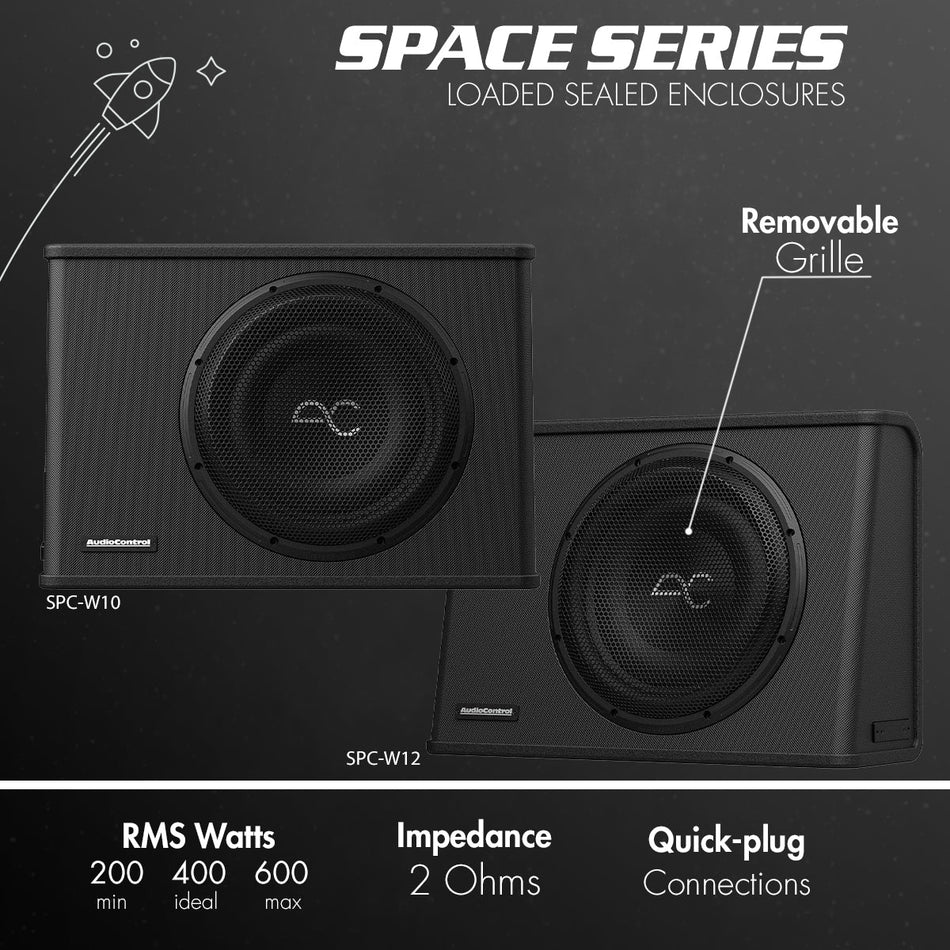Selecting the best speakers for your car audio system involves knowing what each of them actually performs. All that is usually required after is the bigger bass or clarity in the highs but the middle can often be a magic touch. Midbass and midrange speakers are where they come in, two different actors cooperating to determine just how full, rich, or real your music can sound.
It is easy to mix up midbass and midrange, but the understanding of the difference between those may entirely alter the quality of your car audio. No matter what you might be tuning to (crisp vocals or kick-ass chords on your drums), your choice of midbass and midrange drivers (or preferably both) can be very decisive.
Understanding Car Speaker Frequency Ranges
To get a clear picture, it helps to look at where each speaker type fits on the frequency spectrum.
|
Speaker Type |
Frequency Range (Approx.) |
Role in Audio Spectrum |
|---|---|---|
|
20Hz – 80Hz |
Deep bass and sub-bass |
|
|
Midbass Driver |
80Hz – 300Hz |
Punchy mid-lows (kick drums, basslines) |
|
Midrange Speaker |
300Hz – 5kHz |
Vocals, instruments, clarity |
|
5kHz – 20kHz |
Highs and treble (cymbals, effects) |
Midbass and midrange sit right in the heart of your system, but their roles and design are surprisingly different.
What Is Midbass?
Midbass drivers specialize in reproducing the upper bass and lower midrange frequencies — generally from about 80Hz to 300Hz. This range gives your music its punch, presence, and sense of power.
When a kick drum is struck midbass is the feeling you get. It takes the space between your sub woofer lower end thump and the precision of your mids and highs. Even a powerful subwoofer might seem separate, abstracted, with rough or thin sounding remaining midbass unobtained, even without it.
Key Characteristics of Midbass Drivers:
-
Punchy, tight low-end response
-
Designed to handle fast transients like drums and bass guitar
-
Often larger in size (6.5" to 8" or more)
-
Heavier cones and stronger magnets for better low-frequency movement
What Is Midrange?
Midrange speakers are responsible for handling the core of your music — vocals, guitar riffs, horns, and other melodic instruments. Covering roughly 300Hz to 5kHz, this range is where most of your audio content actually lives.
he midrange comes into play when you hear the real clarities in a mix or when a singer feels that he is sitting in your dashboard. The midrange reproduction is a crucial part and without it, the vocals will sound muffled or like being in a box regardless of the strength of your bass.
Key Characteristics of Midrange Speakers:
-
Focused on clarity and detail
-
Lighter cones and faster response
-
Typically smaller (3.5" to 6.5")
-
Often placed higher in the door or dash for better staging
Core Differences: Midbass vs Midrange
Let’s break it down further.
|
Feature |
Midbass Driver |
Midrange Speaker |
|---|---|---|
|
Frequency Response |
80Hz – 300Hz |
300Hz – 5kHz |
|
Sound Focus |
Punch, impact, fullness |
Clarity, detail, vocals |
|
Speaker Size |
Usually 6.5" – 8" |
Usually 3.5" – 6.5" |
|
Cone Material |
Heavier for better bass handling |
Lighter for faster movement |
|
Power Handling |
Typically higher |
Moderate to high depending on design |
|
Installation Location |
Lower doors, kick panels, enclosures |
Doors, dash, A-pillars |
They may sit close together on the frequency chart, but their sonic roles couldn’t be more different.
Do You Need Both in Your Car Audio Setup?
The short answer? Yes — if you want a full-range, balanced sound.
A system that includes both midbass and midrange drivers allows for proper frequency distribution and better sound staging. It eliminates the weak spots where one speaker type drops off and the next picks up.
Why Pair Both?
-
Better Separation: Each speaker handles the range it's best at.
-
Improved Clarity: Vocals and instruments don’t fight with bass frequencies.
-
Smoother Crossover: Your audio transitions seamlessly from lows to highs.
-
Dynamic Impact: Drums and lower notes hit harder with midbass support.
For example, if you're running a 3-way component system, your crossover can be set so your:
-
Sub handles 20Hz – 80Hz
-
Midbass covers 80Hz – 300Hz
-
Midrange runs from 300Hz – 5kHz
-
Tweeter handles everything above 5kHz
When Midbass Alone Might Work
If you’re running a 2-way setup with limited space, some midbass drivers can cover into the midrange enough to get by. But you may sacrifice vocal clarity or risk audio distortion at higher volumes.
Ideal When:
-
You want more bass presence but don’t need ultra-precise mids
-
Your system is built around strong subs and tweeters
-
You're upgrading factory door speakers on a budget
Now here is a thing to consider - midbass driven setups would generally sound less sophisticated when reproducing more vocal oriented songs (jazz, acoustic or classic music).
When to Focus on Midrange
If clarity and vocal presence matter more than low-end punch, investing in strong midrange drivers is a smart choice. They bring forward the textures in music — the subtle breath in a vocal track, or the pluck of a string.
Ideal When:
-
You’re building a SQ (sound quality) focused system
-
Your listening taste leans toward detail-rich music
-
Your subwoofers already cover bass responsibilities fully
Midrange speakers shine when properly tuned with good crossover points and amplification.
Matching Your System to Your Goals
Identify what is of utmost importance in your system before deciding on the midbass vs midrange. There are as many different listeners as there are different cars to house sound and it is a challenge in acoustics designed to suit every ear.
Consider:
-
Music Preferences: Bass-heavy music benefits from strong midbass. Vocal-heavy tracks demand midrange clarity.
-
Speaker Placement: Are you working with factory locations or custom builds?
-
Crossover Options: Can your head unit or DSP split frequencies effectively?
-
Budget and Expansion Plans: Will you eventually move to a 3-way setup?
Pro Tip: Don’t Forget Amplification
Both midbass and midrange drivers perform best when powered properly. Factory radios or underpowered head units may not drive them to their full potential. A clean, matched amplifier ensures tight bass response and vocal clarity without distortion.
A digital signal processor is useful to optimize crossover points and time-aligning when you have different drivers in the crossover multiple drivers in the front stage.
Choosing the Right Sound for You
Midbass is not equal to midrange just technically, it is emotional. It influences the sense of your music. It takes the right speaker to make a thumping kick, a soulful vocal, or a splash of a guitar solo.
If you're serious about sound, don’t settle for just one. Design a system where midbass and midrange work together. With the right balance, your car becomes more than transportation — it becomes an immersive audio experience.


